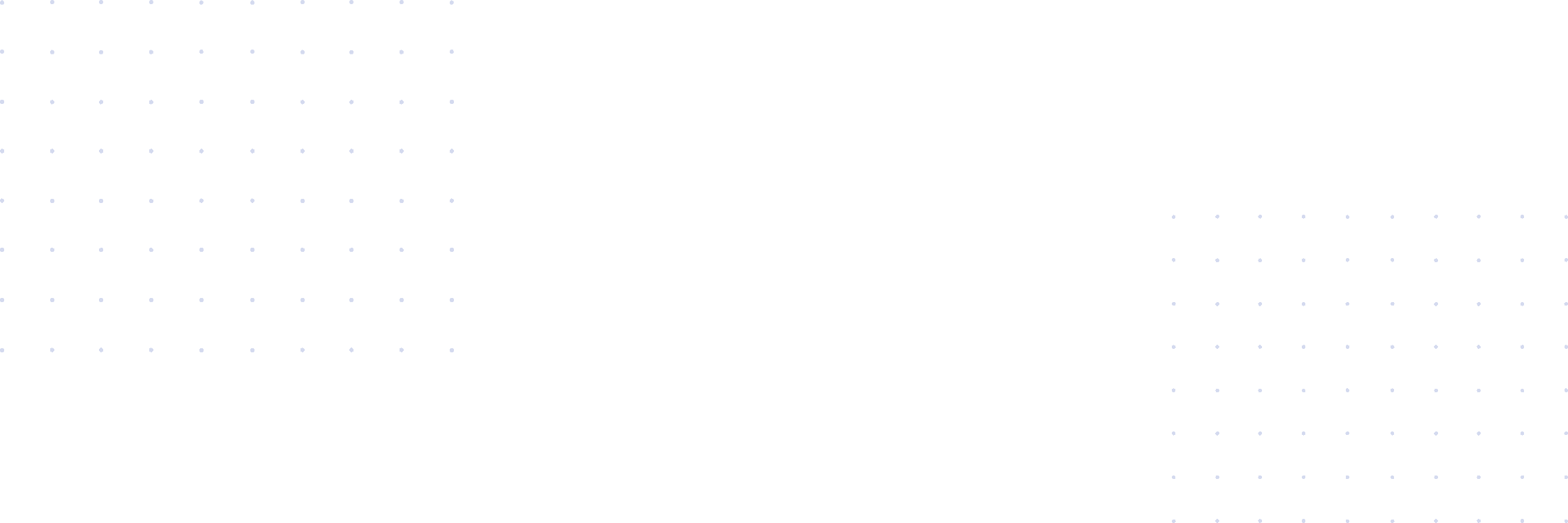If you’re considering giving your home a makeover, chances are you’ve already started researching funding options. There are several to choose from, but navigating the world of home improvement loans can be challenging. And contrary to popular belief, home equity loans and home equity lines of credit (HELOCs) aren’t your only options.
Some options have many benefits and few drawbacks or vice-versa. Others are relatively easy to qualify for but can be very costly. You also have the issue of not having enough equity in your property to be eligible for a sufficient amount of funding if you’ve only been in your home for a short period.
While it can be challenging to decide which type of home improvement loan is best, it’s worthwhile to do the legwork to find the most suitable option. This guide is a helpful resource to help you understand how home improvement loans work, what options are available to you and how to qualify for funding. It also explores an innovative financing solution to fund your home renovation projects.
Home Equity Loans
Fund Your Home Renovation Project
Learn how EasyKnock offers sale-leaseback arrangements, a unique way to get the funds you need while staying in your home.
Fraction is a game-changer in the home equity loan industry. Our Fraction review will show you how it works and why it's worth considering.

Learn how RenoFi can improve your borrowing power to pay for home renovation projects with innovative home improvement loan solutions.

A Spring EQ Mortgage can help you tap into your home's equity. Discover how to cash out on your hard work at competitive rates and terms.
What Is a Home Improvement Loan?
A home improvement loan is a debt product used to fund additions or renovations. Contrary to popular belief, there are several types to choose from since the title technically describes how you plan to use the funds. However, some offer consumers more borrowing power and competitive loan terms than others.
How Do Home Improvement Loans Work?
As mentioned earlier, home improvement loans are not a type of loan but describe what you will be using the funds for, like a home renovation or repair project in your house. Depending on the type of loan you choose to fund the project, the process and requirements may differ.
For example, if you choose a home equity loan or a HELOC, lenders will allow you to tap into your home’s equity. To illustrate this example, assume you are borrowing based on an 80 percent loan to value (LTV).
If your home is worth $400,000 and you owe $250,000 on your mortgage, you have $150,000 in equity. To determine how much you can borrow, subtract the amount you still owe on your mortgage ($250,000) from the value of your home ($400,000) and multiply this figure by 80 percent. Based on this calculation, you should be able to borrow up to $120,000.
What Can You Use a Home Improvement Loan For?
Home improvement loans can be used to fund most types of home improvement projects. Some borrowers also use home improvement loans to consolidate or eliminate high-interest debts.
Home Equity Loans
Fund Your Home Renovation Project
Learn how EasyKnock offers sale-leaseback arrangements, a unique way to get the funds you need while staying in your home.
Fraction is a game-changer in the home equity loan industry. Our Fraction review will show you how it works and why it's worth considering.

Learn how RenoFi can improve your borrowing power to pay for home renovation projects with innovative home improvement loan solutions.

A Spring EQ Mortgage can help you tap into your home's equity. Discover how to cash out on your hard work at competitive rates and terms.
The Types of Home Improvement Loans
You can choose from the following types of home improvement loans:
- Construction Loan: When construction loans emerged, they were designed to be used for new builds. Over time, homeowners began to tap into this funding source to pay for home renovations, particularly those without a ton of equity since options were limited. Construction loans are still used today to fund home improvements, but they can be complex to navigate as they require draw schedules and approvals, which can cause project delays. Plus, it’s necessary to refinance your home and pay higher lender fees and closing costs. Consequently, these loans should only be used as a last resort as far better alternatives exist.
- Fannie Mae HomeStyle Loan: These loans are backed by the federal government and allow you to borrow up to 95 percent of your home’s after renovation value. However, Private Mortgage Insurance (PMI) is required if you borrow more than 80 percent. Also, Fannie Mae HomeStyle Loans require you to refinance your existing loan and may come with higher interest rates than you’d find with other home improvement loan options. Repayment terms are available for up to 30 years.
- FHA 203k Loan: Backed by the Federal Housing Agency, FHA 203k loans are available for up to 96.5 percent of your home’s future value. You may qualify if you have less than perfect credit, but the interest rate can be steep, and you’ll be assessed FHA mortgage insurance when you close on the loan and throughout the 15 or 30-year repayment period.
- Home Renovation Loan: These loans are the preferred choice for most homeowners seeking to fund home improvement projects since you can borrow based on the equity you will have in your home after the renovation. As an example, a RenoFi Loan lets you borrow up to 90 percent of your home’s value after renovations. More on these loan products shortly.
- Unsecured Personal Loan: It may be tempting to apply for an unsecured personal loan to pay for home improvements. They don’t require you to put your home up as collateral, and the rates are competitive if you have good or excellent credit. But despite having a fixed interest rate, the repayment periods are typically five or seven years. Consequently, you could be stuck with steep monthly payments for principal and interest that stretch your budget way too thin.
Home Improvement Loans Rates
The prospective borrower’s credit score plays a significant role in the rate offered by the lender for a home improvement loan. Generally, the most competitive interest rate is reserved for borrowers with good or excellent credit.
How To Get a Home Improvement Loan
Before you shop around with lenders, evaluate your loan options to determine which product is best. Once you’ve narrowed down your options, contact lenders to learn more about what they look for in applicants and how to move forward with the application process.
The qualification criteria vary by lender, but it’s best to have a credit score of at least 660 – the higher, the better. If your score is at 700 or higher, your approval odds could increase.
Lenders also prefer borrowers with a steady income and debt-to-income (DTI) ratio that meets their requirements. The latter is calculated by adding up all your monthly debt obligations and dividing the total by your gross monthly income. So, if you kick out $4,000 per month for your mortgage, credit card, and other debt payments and earn $8,000 per month before taxes and other deductions from your paycheck, your DTI is 50 percent.
Another factor determining whether you qualify is the equity in your home if you apply for a secured loan product. However, there are unsecured options you can use to make home improvements that don’t consider your home equity during the application process.
Home Equity Loans
Fund Your Home Renovation Project
Learn how EasyKnock offers sale-leaseback arrangements, a unique way to get the funds you need while staying in your home.
Fraction is a game-changer in the home equity loan industry. Our Fraction review will show you how it works and why it's worth considering.

Learn how RenoFi can improve your borrowing power to pay for home renovation projects with innovative home improvement loan solutions.

A Spring EQ Mortgage can help you tap into your home's equity. Discover how to cash out on your hard work at competitive rates and terms.
FAQs About Home Improvement Loans
Below, you find frequently asked questions about home improvement loans:
What is a good credit score for a home improvement loan?
You could qualify for a home improvement loan with a credit score as low as 640. However, a credit score of 700 or higher will increase your approval odds and possibly qualify you for more competitive interest rates.
Can you use a home improvement loan for anything?
Although home improvement loans are intended for renovation projects, you are free to use the funds how you see fit once they are disbursed to you. However, RenoFi has restrictions on how you can use their loan products.
What kind of loan do you need to fix up your house?
It depends on your financial situation and if you meet the lending criteria. Shop around for loan options and select the loan product that works best for you.
How much can you borrow with a home improvement loan?
The amount you can borrow varies by loan product. Check with the lender you’re considering to learn more. It’s also ideal to use RenoFi’s loan calculator to determine if the amount you are eligible for is far more than what you qualify for with traditional lenders.
Can a home improvement loan increase your home’s value?
A home improvement loan can’t increase your home’s value, but the completed renovation projects can lend a helping hand. Be mindful that loans secured by your home, like home equity loans or home equity lines of credit, must be paid in full should you decide to sell your home.
Are home improvement loans tax-deductible?
The interest you pay on a home improvement loan may be deductible on your tax return if the loan product is secured by your home and doesn’t exceed $375,000 ($750,000 for married couples). Check with a tax professional to learn more about how this works and if you’re eligible to take the deduction.













